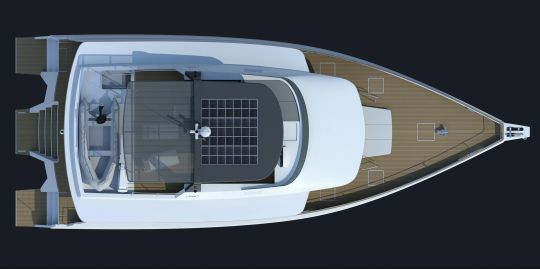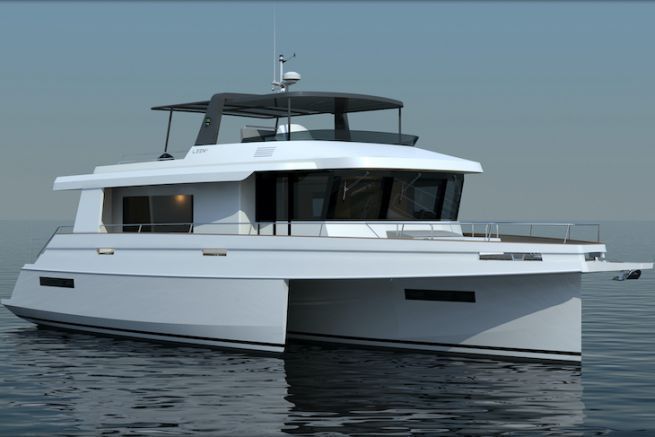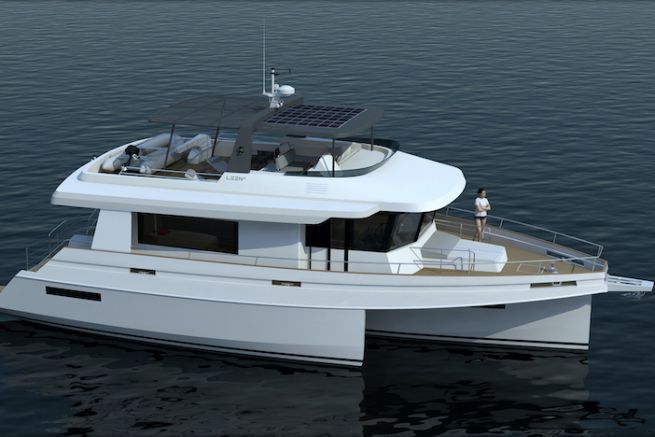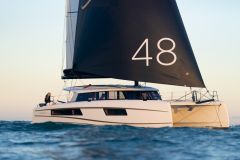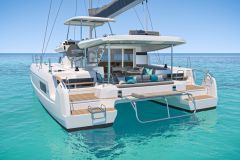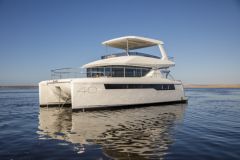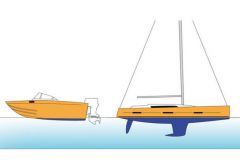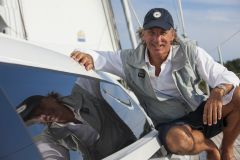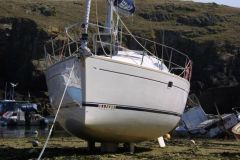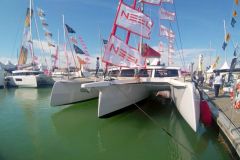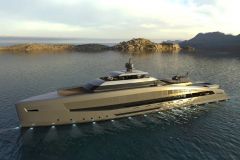In April 2020 the construction of the Leen 56, a 17.10 m motor trimaran built in La Rochelle by the French builder Neel, will start. In view of the success of his range of three-hull yachts, the Frenchman decided to create a new range of long distance motor boats still on three hulls. A Leen 72 (21.8 m) is also in the catalogue.
"If they are both trimarans, we wanted to differentiate between the Neels and the Leens. So the motor boat is very different. We tried to make a boat closer to commuters or trawlers, boats with wheelhouses, on two levels, with high bulwarks. The big difference between these two ranges is the wheelhouse with a saloon space not found on sailing boats. It's an exceptional living space. We also highlighted the flybridge." explains Pierre Frutschi, who has worked on the exterior and interior design of the boats.
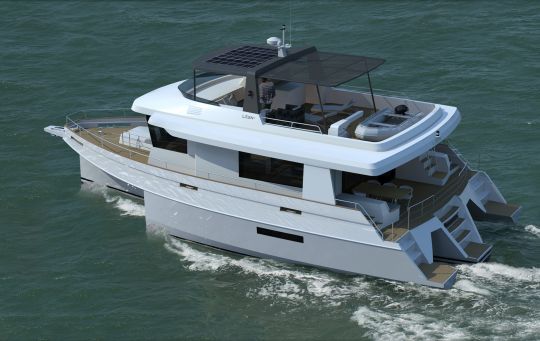
A motor trimaran for long distance cruising
With this new range, Neel wants to offer a boat designed for deep-sea cruising (but also coastal cruising), with a lot of comfort on board, with a large autonomy (a transatlantic for example for the Leen 72) and a reduced consumption without affecting performance.
Bernard Nivelt was entrusted with the architecture of the range. The result is a narrow hull and shortened floats. A design that required a lot of work from the designer for their layout.
"It's a complicated but interesting problem to design motorised trimarans. The objective when designing a hull is to achieve good performance with a minimum of power. That's why I chose a long, narrow centre shell. This frees us from Froude's laws (hydrodynamics). This hull shape nevertheless generates instability, which is corrected by the floats", he explains.
Before adding : "If the ideal is to choose short floats with no fittings, the latter being only in the central hull, this is something that is hardly acceptable on a boat size of 15 to 20 m, as a standard feature. The guest cabins were installed in the floats and the large owner's cabin in the central hull. When designing a hull shape, the eternal battle is to find a compromise between the minimum layout and the maximum comfort demanded by boaters. It's a fascinant? challenge!"
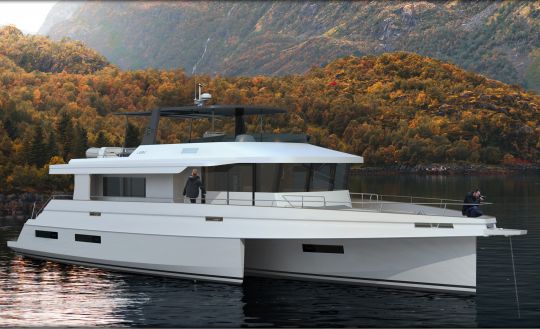
Lightweight construction and hybrid engine
The structure of the deck and hulls will be made by vacuum infusion, while the infused composite hulls are assembled in formers.
Thanks to the low hydrodynamic resistance design, the Leen only requires reasonably sized engines. They will receive a central combustion engine and two electric pods under the floats. The diesel engine will provide the main propulsion, while the electric pods will be used to facilitate harbour manoeuvres, either during departures and arrivals from an anchorage for silent sailing or as a back-up engine coupled to the generator set.
The manufacturer announces a cruising speed of 12 knots for a range of 300 miles per day and a consumption of less than 2L/miles. The top speed will be 15 to 18 knots. Solar panels will also be installed on board for energy production.
"The motorized trimaran allows a low motorization for a high speed. In a transatlantic race, you can sail at an average speed of 10/12 knots, which is already fast, and consume around 1.5 L per mile" adds Bernard Nivelt.
